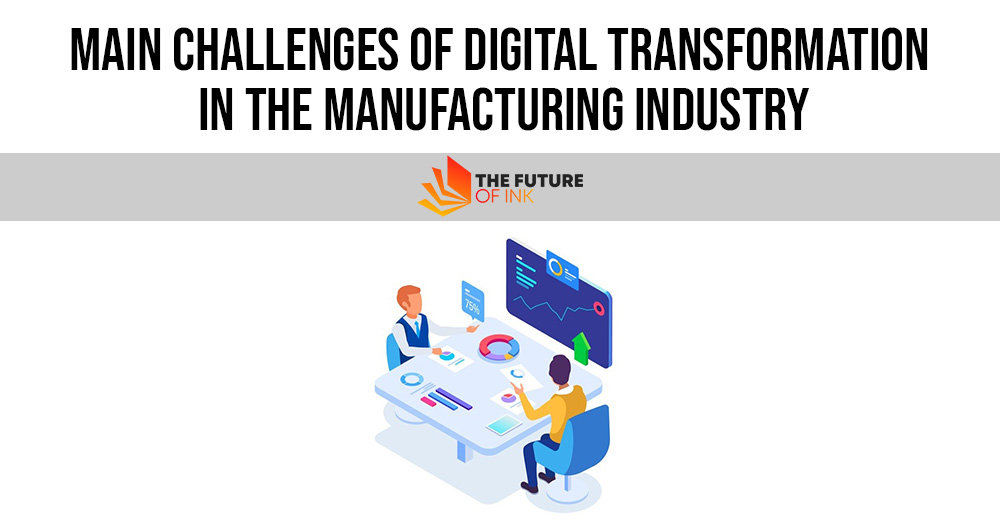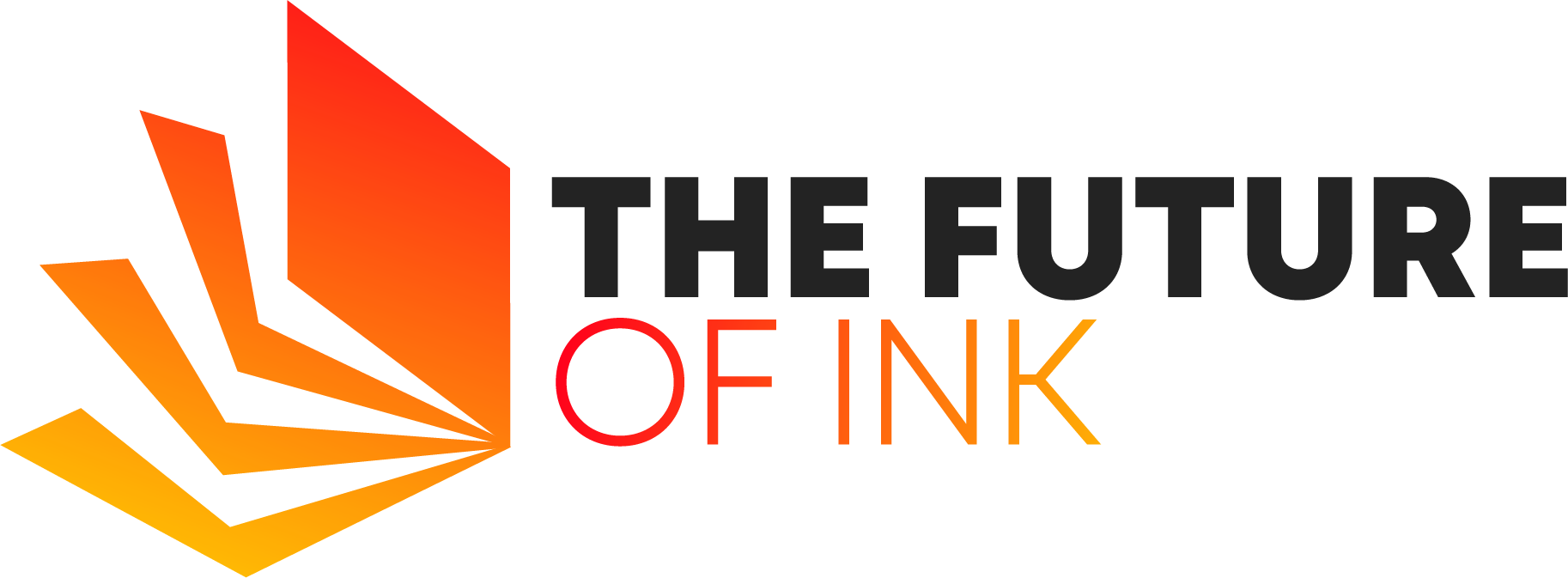The digital manufacturing movement impacts organizations, suppliers, customers, and other stakeholders.
The digital transformation in manufacturing industry benefits product development, customer service, and the supply chain.
When it comes to manufacturing items, current technology has various advantages. Some think they can assist businesses in developing new business models, adapting more swiftly to changes, and even predicting changes before they occur.
By 2022, IDC estimates that 50% of all firms will have invested in smart manufacturing. Two ways for accomplishing this aim are artificial intelligence and increased robustness.
Several essential components of smart manufacturing include: What does manufacturing’s “digital transformation” entail, and which technologies are driving it forward? What is the actual nature of this situation? What is preventing businesses from investing in digital transformation? As a result, how are folks willing to take such a risk?

Contents
Are you prepared for digital transformation in your manufacturing business?
Automation software, e-commerce, sensors, and robots have all been utilized to modernize traditional manufacturing processes and goods in the digital era.
The following are the objectives of industrial digital transformation:
- Reduce expenses by increasing operational efficiency.
- Increase the amount of time you spend contemplating a product’s quality.
- Profit from the fact that your clientele and market are constantly changing.
The industrial business is continually altering due to geopolitical, economic, and policy volatility. Recent advances in trade policy, artificial intelligence (AI), and the Internet of Things are just a few factors that can potentially disrupt this industry (IoT).
This trend is projected to continue in the coming year due to data-driven predictive analytics, 5G, IoT, and Industry 4.0.
Customers’ desires and worries fuel the industrial industry’s digital transformation. Due to the critical nature of client data in eCommerce, CRM, and ERP systems, digital transformation initiatives cannot afford to ignore it.
Also Read: 3 Tools to Boost Engagement and Revenue
Digitization of manufacturing confronts a variety of challenges
Persuading senior management and worries about the organization and human resources is one of the most challenging issues for businesses considering digital transformation.
This dialogue must begin immediately to detect waste and investigate innovative technologies.
Any digital transformation project may test the IT department’s technology stack and development structure. New release cycle methodologies and APIs, such as those mentioned above, may be required to innovate digital performance.
Further, some employees may get disillusioned with the changing realities of their professions as a result of digitalization. Manufacturers frequently encounter issues with employee resistance and communication breakdowns.
In addition, manufacturers must be cautious of their limited resources and budget in a cash-strapped industry. As a result, the plan for industrial digital transformation may be viewed skeptically.
Producing is a demanding activity, exacerbated by the pressure to fulfill deadlines and the shortage of available resources.
They are having trouble resolving operational issues, impeding their ability to realize considerable benefits from their digital manufacturing revolution.
Digital transformation in the manufacturing industry: Case studies
Manufacturing digital transformation requires more than automating processes and evaluating historical data; it also entails optimizing the supply chain.
You’ll need to adapt your mindset and develop new approaches to challenges. Several examples illustrate how manufacturers have evolved throughout time:
- If a platform falls short of today’s corporate customer requirements, the sales process may be seriously harmed. Saltworks, a renowned manufacturer and distributor in the United States, sells salt online to both B2B and B2C enterprises. Saltworks’ B2B and B2C clients may now benefit from a seamless, digitally personalized customer experience, courtesy of the company’s technology.
- General Electric’s only option for expanding manufacturing capacity while simultaneously reducing material use was implementing machine learning (GE). This is a significant win for big data in the industrial sector.
- One California fruit producer increased production by 60% without employing a single staff. Their objective was to include data-driven historical research, alert notifications, and other big data reportability into their workflow.
- Tetra Pak correctly forecasted when its dairy processing equipment would need to be repaired by utilizing Microsoft Azure and other IoT technology.
The digital transformation of manufacturing: Trends and developments
What are the primary worries about manufacturing’s digital transition over the next decade, and how will they affect the industry’s long-term prospects?
IoT
For instance, in Industry 4.0, the Internet of Things (IoT) enables connected physical objects to interact with one another and with the rest of the world using their data and surroundings.
Manufacturers who use the Internet of Things will access new capabilities, services, and benefits (IoT).
Future robots are unlikely to be very different from ones presently in use at work. In the subsequent years, only our ability to learn from our prior actions and use pattern recognition to better our results will change.
The number of linked devices, connection modalities, and data volume sent will all increase in the coming years.
B2B e-commerce
A B2B e-commerce platform must cater to both B2B and B2C clientele to be successful. When complex checkout procedures, price limits, product data change, and other back-end operations are involved, B2Bs struggle to maintain B2C-like experiences.
Industry 4.0 has become an abbreviation for the fourth industrial revolution
Digital technology is being applied in traditional manufacturing processes and industrial facilities as part of “Industry 4.0.”
The fundamental objectives of Industrial process automation under “Industry 4.0” are real-time monitoring and control.
Also Read: How to Create a People-First Culture In Your Company?
Assembling the final pieces of the puzzle
Automation, personalization, efficiency, and agility are just a few of the benefits of manufacturing’s digital revolution. Almost always.
On the other side, any digital transformation strategy must be current. Adopting digital transformation is a necessary component of resolving manufacturing’s difficulties.
Rather than that, digital transformation in manufacturing should be considered as a long-term effort to preserve a competitive edge in the marketplace.




